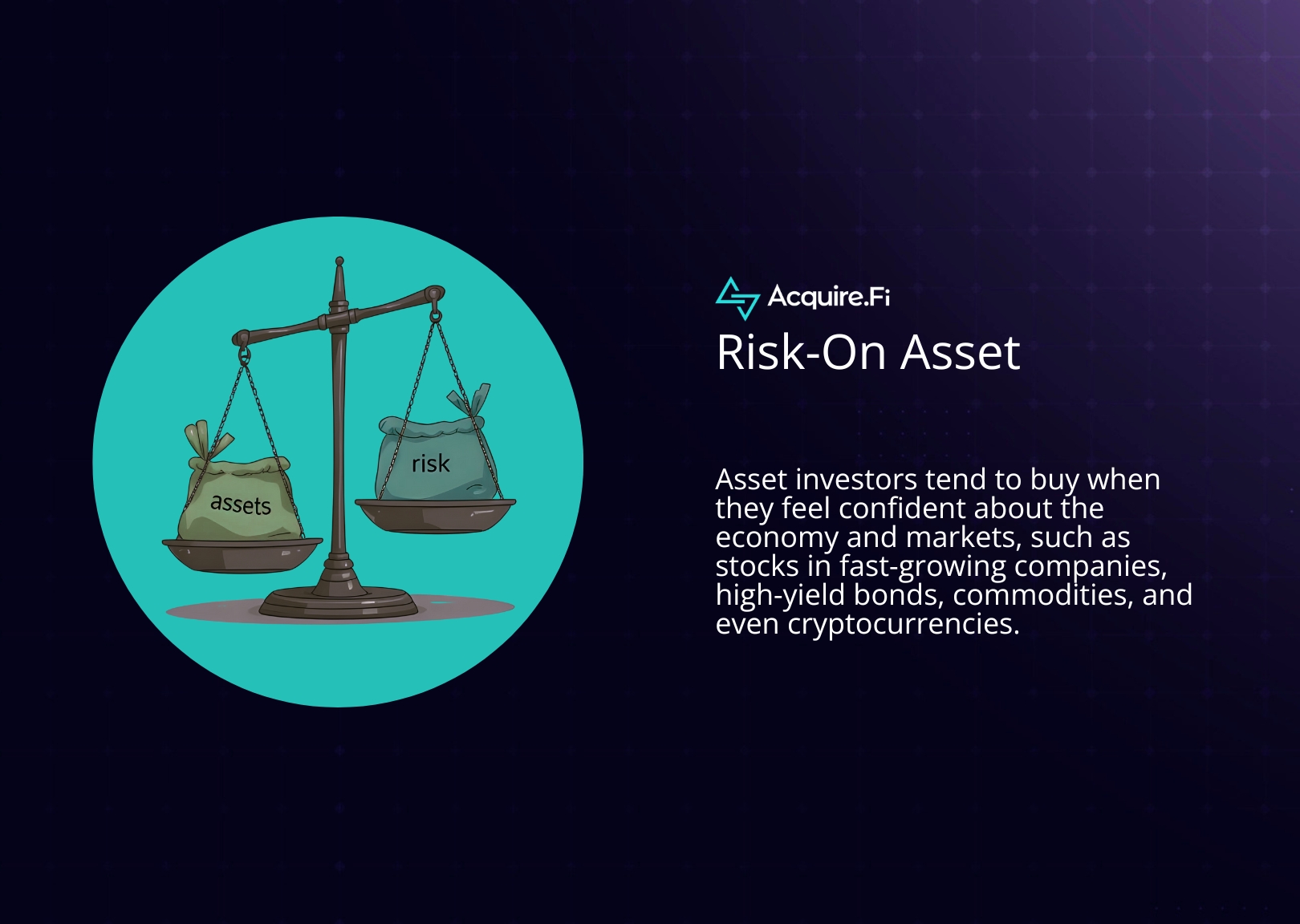Evaluating Commodities Opportunities: A Full Guide
Commodities are a unique asset class that offer investors an opportunity to diversify their portfolios and potentially earn a return on investment. In this article, well explore how to evaluate commodities opportunities step-by-step, beginning with understanding the basics of commodities and moving through research and analysis, risk management, and choosing the right investment vehicle. By the end, you should have the tools you need to make informed decisions about investing in commodities.
Understanding Commodities Opportunities
Commodities are a fascinating area of investment that have been around for centuries. They are raw materials that are either grown or extracted from the earth, such as agricultural products like wheat and corn or natural resources like oil and gold. These tangible assets are traded in markets, and their prices can fluctuate based on economic factors such as supply and demand, geopolitical events, and weather conditions.
What are Commodities?
Commodities are an essential part of our daily lives. They are the building blocks of the world we live in, and without them, our modern society would not exist. From the food we eat to the cars we drive, commodities are all around us.
Investing in commodities can be a smart move for investors looking to diversify their portfolio. Commodities have historically performed well during times of inflation and economic uncertainty, making them a popular choice for investors looking to hedge against market volatility.
Types of Commodities
There are two main types of commodities: hard commodities and soft commodities. Hard commodities include natural resources such as oil and gas, precious metals like gold and silver, and industrial metals such as copper and aluminum. Soft commodities include agricultural products like corn, soybeans, and wheat, as well as livestock and dairy.
Each type of commodity has its own unique set of characteristics and factors that can influence its price. For example, the price of oil can be influenced by geopolitical events such as conflicts in the Middle East, while the price of agricultural products can be influenced by weather conditions such as droughts or floods.
Factors Influencing Commodities Prices
Commodities prices can be influenced by a variety of factors, including supply and demand, weather conditions, geopolitical events, and government policies. Iet's important to research and understand these factors before investing in commodities to make informed decisions about when to buy or sell.
For example, a drought in a major agricultural region can lead to a decrease in the supply of crops, which can drive up prices. Conversely, an increase in oil production can lead to a surplus of oil on the market, which can drive down prices.
Understanding the factors that influence commodities prices is key to successful investing in this area. By staying up-to-date on the latest news and trends, investors can make informed decisions about when to enter or exit the market.
Step 1: Research and Analysis
Before investing in commodities, it is important to conduct research and analysis to determine the best opportunities. There are several methods for evaluating commodities opportunities, including fundamental analysis, technical analysis, and seasonal trends.
Fundamental Analysis
Fundamental analysis is a method of evaluating commodities by examining supply and demand data, economic indicators, and other factors that can influence prices. This method can provide insight into the intrinsic value of a commodity and its potential for growth.
There are several sources for conducting fundamental analysis, including government reports, news articles, and financial analysts. By gathering and analyzing this information, investors can make informed decisions about which commodities to invest in and when.
Technical Analysis
Technical analysis is another method for evaluating commodities opportunities. This method involves analyzing price patterns and trends to make predictions about future price movements. Technical analysis requires knowledge of charting tools and indicators to identify patterns and trends, which can then be used to make trading decisions.
Technical analysis can provide valuable insight into short-term price movements and can be used in conjunction with fundamental analysis to make informed decisions about commodities investments.
Seasonal Trends
Seasonal trends can also be a useful tool when evaluating commodities opportunities. Understanding the impact of seasonal trends on commodities prices can help investors make informed trading decisions.
For example, agricultural commodities such as corn and soybeans tend to experience higher prices during planting and harvesting seasons as supply decreases and demand increases. By understanding these seasonal trends, investors can anticipate price movements and make profitable trades.
Overall, conducting research and analysis is an important first step in evaluating commodities opportunities. By utilizing fundamental analysis, technical analysis, and seasonal trends, investors can make informed decisions about which commodities to invest in and when.
Step 2: Diversification and Risk Management
Benefits of Diversification
Diversification is key when investing in commodities to manage risk and potentially increase returns. By investing in a variety of commodities, investors can spread their risk across multiple sectors and reduce the impact of any single commodity on their portfolio. Additionally, diversification can provide a hedge against inflation and geopolitical risks.
For example, let's say an investor only invests in gold. If the price of gold suddenly drops due to a change in market conditions, the investor's entire portfolio would be impacted. However, if the investor had also invested in other commodities such as oil, natural gas, and silver, the impact of the drop in gold prices would be lessened.
Furthermore, diversification can potentially lead to higher returns. Different commodities perform differently in different market conditions. By investing in a variety of commodities, an investor can potentially benefit from the positive performance of one commodity even if another commodity is performing poorly.
Portfolio Allocation
When allocating a portfolio to commodities, its important to consider the investor's risk tolerance and investment goals. A financial advisor can help create a diversified portfolio that aligns with the investor's objectives.
For example, if an investor has a low risk tolerance, they may want to allocate a smaller percentage of their portfolio to commodities. On the other hand, if an investor has a higher risk tolerance and is looking for potentially higher returns, they may want to allocate a larger percentage of their portfolio to commodities.
Additionally, the investor's investment goals should be taken into consideration. If an investor is looking for a long-term investment, they may want to allocate more of their portfolio to commodities that have historically performed well over the long-term, such as gold. If an investor is looking for a short-term investment, they may want to allocate more of their portfolio to commodities that are currently performing well in the market.
Risk Management Strategies
Commodities are a volatile asset class and require careful risk management strategies to minimize potential losses. One strategy is to use stop-loss orders, which automatically sell a commodity if its price falls to a certain level. This can help limit potential losses if a commodity's price suddenly drops.
Another strategy is to use options or futures contracts to hedge against potential losses. For example, if an investor owns a commodity and is worried about a potential drop in price, they can purchase a futures contract that allows them to sell the commodity at a certain price in the future. This can help protect the investor from potential losses if the price of the commodity does indeed drop.
It's important to note that these risk management strategies come with their own risks and costs. Stop-loss orders can potentially result in selling a commodity at a lower price than desired if the price suddenly drops and then quickly rebounds. Options and futures contracts can also be costly and require a deep understanding of the market.
Ultimately, diversification and careful risk management strategies can help investors navigate the volatile world of commodities and potentially achieve their investment objectives.
Step 3: Choosing the Right Investment Vehicle
After understanding the basics of commodities and their market, the next step is to choose the right investment vehicle. The investment vehicle will depend on the investor's risk tolerance, investment goals, and investment horizon.
Futures Contracts
Futures contracts are a popular investment vehicle for commodities. These contracts are agreements to buy or sell a commodity at a fixed price and date in the future. Futures contracts are traded on exchanges and require a margin deposit. The margin deposit acts as a down payment for the contract, and the remaining balance is paid at the time of delivery.
Investing in futures contracts offers the potential for high returns but also comes with high risk and volatility. The price of commodities can fluctuate rapidly, and investors can lose more than their initial investment if the price of the commodity moves against their position. However, futures contracts can also be used to hedge against price fluctuations and manage risk.
Exchange-Traded Funds (ETFs)
ETFs are a more accessible and less risky way to invest in commodities than futures contracts. ETFs are traded on exchanges like stocks and offer exposure to a variety of commodities. They also come with lower fees and can be held in a retirement account like an IRA.
ETFs are designed to track the performance of a specific index or commodity. The ETF holds the underlying assets, and investors can buy and sell shares of the ETF on an exchange. ETFs offer the potential for diversification, as they can hold a variety of commodities within a single fund.
Stocks and Mutual Funds
Investing in stocks or mutual funds of companies that produce or use commodities can also provide exposure to the commodities market. These investments are typically less volatile than futures contracts and offer the potential for long-term growth.
For example, an investor can invest in a mining company that produces gold. The price of gold will directly impact the company's earnings and stock price. Similarly, an investor can invest in a mutual fund that holds a portfolio of companies that produce or use commodities.
Investing in stocks and mutual funds can offer the potential for capital appreciation and dividend income. However, these investments are subject to market risk and may not provide the same level of diversification as ETFs.
Ultimately, the choice of investment vehicle will depend on the investor's goals, risk tolerance, and investment horizon. It is essential to do thorough research and consult with a financial advisor before making any investment decisions.
Conclusion
Evaluating commodities opportunities requires a thoughtful and disciplined approach, beginning with a solid understanding of the basics of commodities and moving through research and analysis, risk management, and choosing the right investment vehicle. By carefully considering these factors and working with a financial advisor, investors can make informed decisions about investing in commodities and potentially benefit from their unique features and potential for diversification and risk management.













.webp)